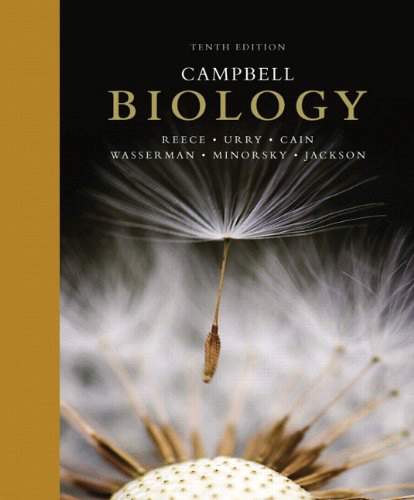Connecting...

This is a quick preview of the lesson. For full access, please Log In or Sign up.
For more information, please see full course syllabus of Biology
For more information, please see full course syllabus of Biology
Biology Taxonomy
Lecture Description
In this lesson, our instructor Bryan Cardella gives an introduction on taxonomy. He discusses ancient and modern classification, taxonomic groups, binomial nomenclature, advantages and disadvantages to taxonomy, domains, kingdoms, and cladograms.
Bookmark & Share
Embed
Share this knowledge with your friends!
Copy & Paste this embed code into your website’s HTML
Please ensure that your website editor is in text mode when you paste the code.(In Wordpress, the mode button is on the top right corner.)
×
Since this lesson is not free, only the preview will appear on your website.
- - Allow users to view the embedded video in full-size.
Next Lecture
Previous Lecture










































 Answer Engine
Answer Engine

1 answer
Wed May 13, 2015 10:37 AM
Post by antonio cooper on May 12, 2015
Absolutely wonderful lesson thank you for your time and effort in doing these videos. Would you by chance be able to go into the order of Taxonomy a tad bit more detail? I understand that they start broad, but how would we tell if something is referring to class or Order if we have never heard of the creature?